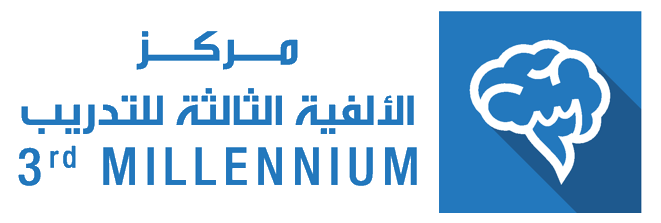
استراتيجيات التوجيه وأساليب التحفيز والأداء الفعال
The overall objective of the program:
The program axes:
The detailed objectives of the program:
 For inquiries through WhatsApp: 00966539103433 -Press here
For inquiries through WhatsApp: 00966539103433 -Press here
Registration fees : 0.00
Early registration fees : 0.00
 Accredited Course
Accredited Course
 Accredited Certification
Accredited Certification
All fees are inclusive of 15% value added tax.
The Tax number is: 310862967200003
عفواً لا يوجد حدث في الوقت الحالي لهذه الدورة
Additional Data
| Course Field | Course Code | Total number of hours | Course Duration |
|---|---|---|---|
|
Administrative & Finance |
530 | 20.00 | 3.00 |




